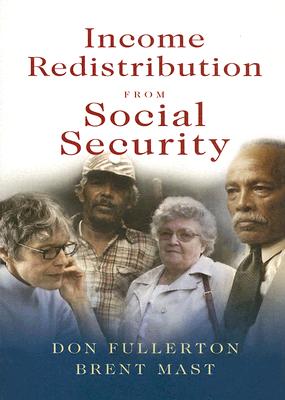You are here
Back to topIncome Redistribution from Social Security (Paperback)
$20.00
Email or call for price
Email or call for price
Description
Social Security, in 1935, was intended to provide for elderly individuals without adequate sources of income. And it has a progressive benefit schedule that replaces a higher percentage of past earnings for those with low past earnings than for those with high past earnings. For both these reasons, the U.S. Social Security system was thought to redistribute income from rich to poor--until recently, that is. Several research teams recently developed data and models that show a more complete picture of how much the U.S. Social Security system actually redistributes income. Security system redistributes money in practice and to whom. It may never be ascertained how much Social Security really helps the poor, or indeed whether it redistributes money toward people who are already well-to-do. But society needs to make informed choices. Therefore, this monograph does not try to provide final answers to the questions about the actual level of redistribution within the Social Security system. Instead, the authors review the many factors that might affect the measure of redistribution and how recent studies have dealt with these issues. The point is not to provide a critical review of past studies or to point out any bias in their results but rather to explain how these factors affect redistribution and how the gaps in knowledge might affect an understanding of redistribution. The authors also show how other considerations might affect the analysis. Along the way, they highlight what needs to be known: what kind of information might cause the system to look more progressive (or at least less regressive)?
